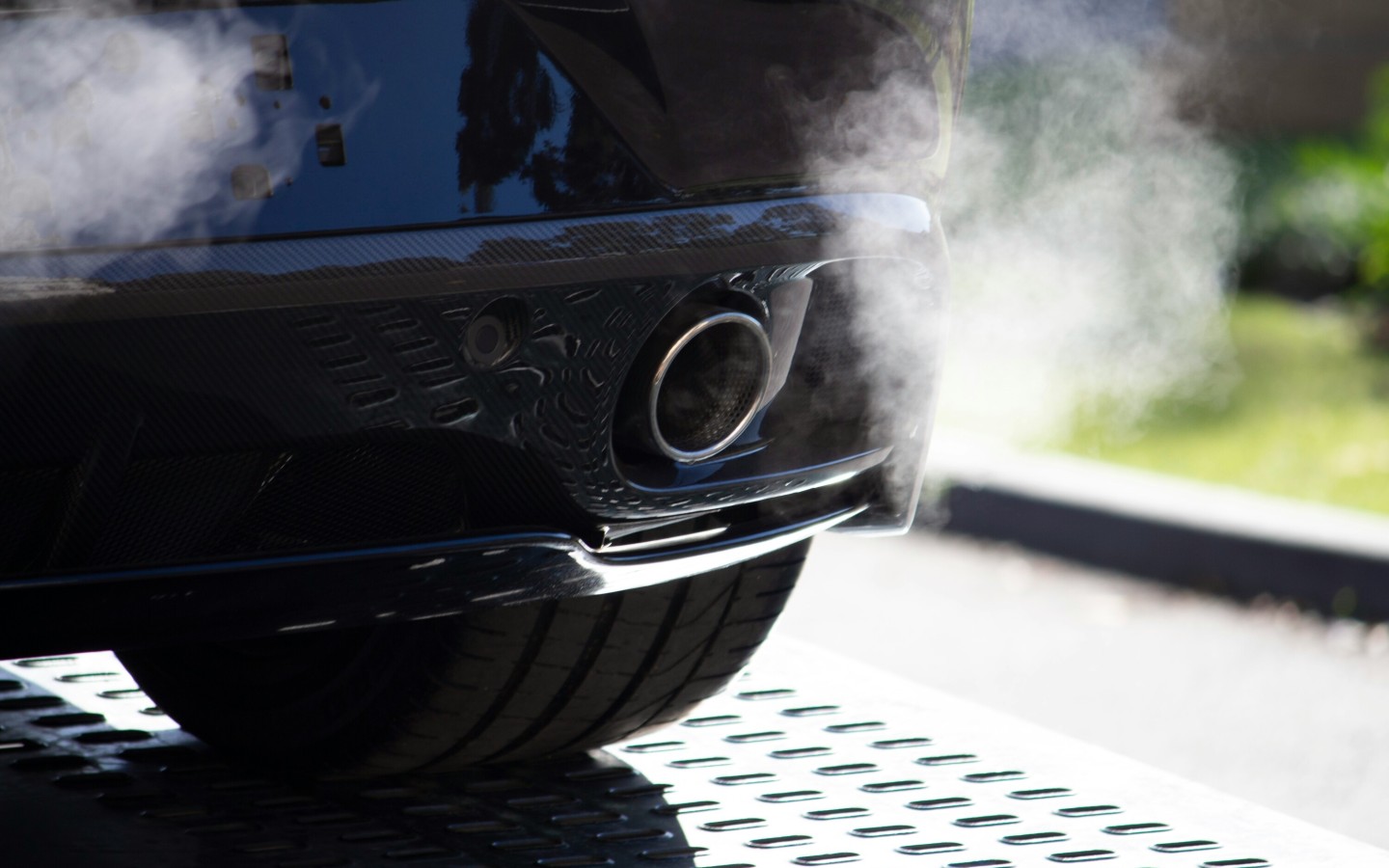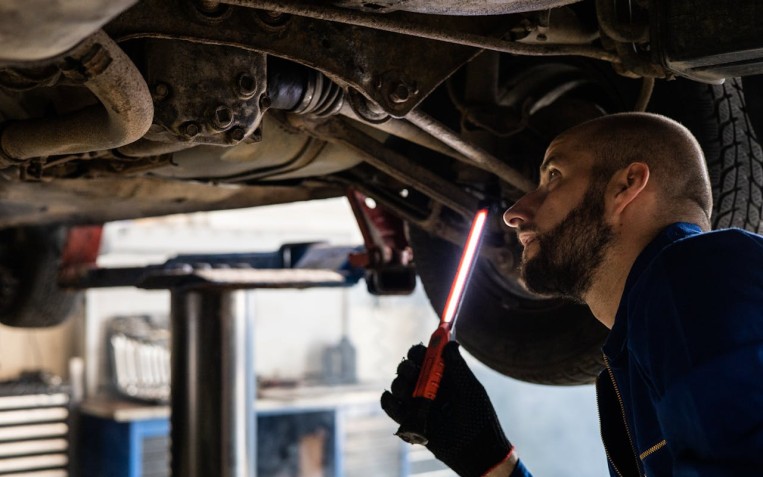Why do MOT tests include an exhaust emissions test

In 2023, 3.2% of all MOTs failed due to noise, emissions and leaks according to data from the DVLA. MOT tests include emissions tests to prevent a high level of pollutants from entering the atmosphere from your exhaust. So, what can you do if you fail your MOT test on emissions? This guide explains everything you need to know about your exhaust emissions test.
When were exhaust emissions tests introduced?
The first emissions tests were introduced in 1991 for petrol cars, and three years later for diesel vehicles. However, the emissions standards have since been updated and changed according to EU and UK legislation.
Do all vehicles need emissions testing during an MOT?
Apart from electric and hybrid vehicles, vehicles with fewer than four wheels and vehicles with 2-stroke engines, all vehicles will need to pass an emissions test to pass their MOT. However, the age and type of vehicle will also play a role in how the emissions tests are carried out.
Diesel vehicles registered before January 1980 and petrol vehicles registered before August 1975 are not subject to modern emissions tests but are instead visually checked by the MOT tester.
How is an emissions test carried out?
The emissions your vehicle is tested for during its MOT depend on whether it’s a diesel or petrol car.
Diesel
The emissions test for diesel cars only assesses its density, which is how the particles are packed together when they exit the exhaust.
The tester uses light to measure the opacity of the emissions. The more distorted the light is, the more emissions are released. The upper limit of emissions is determined by the plate value, which is usually found on your car’s number plate or chassis.
Petrol
Petrol emissions tests measure the levels of specific pollutants rather than the total emission density. They are measured with oxygen probes known as lambda sensors. Different vehicles will have different levels of emission limits, depending on a number of factors.
The petrol emissions tests, tests the levels of the following pollutants;
- Carbon Monoxide: Carbon Monoxide is a poisonous gas that when inhaled can reduce the amount of oxygen transported into the blood stream, and if inhaled in enclosed environments, it can cause dizziness, unconsciousness and even death.
Hydrocarbons: Hydrocarbon emissions consist of unburnt fuel
- which pollute the air, contributing to global warming.
What causes an emission test fail?
If your car fails its emissions test, it could be due to issues with different car components such as
- Fuel Injector
- Exhaust
- Catalytic converter
- Sensor issues
It could also be due to other issues like a cracked petrol cap or infrequent oil changes.
Ensuring your vehicle is regularly serviced can help prevent some of the issues that can cause an emissions failure. Ready to book your MOT? Find your nearest branch today.
Related Content

What is the difference between Class 4 and Class 7 MOTs?
A Class 4 MOT test is required for passenger vehicles that weigh less than 3,000 kilograms. Class 4 MOT tests, cover a wide range of vehicles, including: Cars (with up to eight passenger seats) Ambulances Taxis Mot...

Do EVs need an MOT?
One of the benefits of making the switch to an electric vehicle is the many money saving incentives like not having to pay road tax, or for your car t...

MOTs for Classic cars: What you need to know
If you own a classic car, you could be exempt from having it MOT tested. However, the rules are more complex than they are for modern vehicles, and so...

